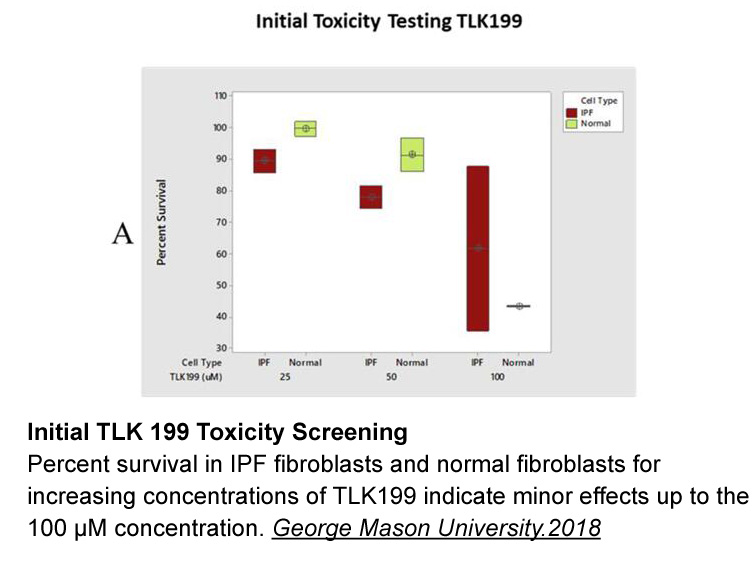Archives
D-Luciferin mg The transcription factor activator protein AP
The transcription factor activator protein-1 (AP-1) is a redox-sensitive transcription factor whose activity is controlled by agents that perturb intracellular thiol concentrations [10,11]. AP-1 is mainly composed of Jun, Fos, and ATF protein dimers [12,13]. AP-1 mediates the regulation of numerous genes in response to a variety of physiological and pathological stimuli, including cytokines, oxidative stress, growth factors, bacterial and viral infections, and oncogenic stimuli [14]. AP-1 is activated under oxidative stress conditions in rat cardiomyocytes; thus, this factor exerts additional functions under redox conditions[15]. AP-1 activation is significantly increased in the striatums and midbrains of mice following MPTP administration (98% and 79% higher than controls, respectively) [11]. TLR-mediated signal transduction induces the activation of a large number of immune-response genes, including those encoding inflammatory cytokines, which triggers the release of high quantities of pro-inflammatory cytokines that ultimately kill dopaminergic neurons in the SN [8]. In the present study, we investigated TLR4 signaling-mediated AP-1 activation in an MPTP-induced mouse model of PD using reverse-transcriptase polymerase chain reaction (RT-PCR), Western blot analysis and immunohistochemistry.
kill dopaminergic neurons in the SN [8]. In the present study, we investigated TLR4 signaling-mediated AP-1 activation in an MPTP-induced mouse model of PD using reverse-transcriptase polymerase chain reaction (RT-PCR), Western blot analysis and immunohistochemistry.
Materials and methods
Results
Discussion
AP-1 is a transcription factor formed by dimers composed of members of the Fos and Jun families of proteins [23]. c-Jun is a major component of the transcription factor complex. The mammalian Jun protein family includes the JunB and JunD proteins [24]. Jun proteins can quickly heterodimerize with other transcription factors and other basic zipper-containing transcription factors, including CBP, MyoD, NFat and c-rel [25,26]. The c-Jun protein is a central component of the AP-1 transcription factor complex; over the course of development and into adulthood, c-Jun protein D-Luciferin mg typically increases, and high expression levels are also found in injured brains [25]. Our previous study showed that AP-1 expression transiently increases in mice following kainic acid-induced seizures. These results suggest that AP-1 may have an important role in the pathogenesis of epilepsy [27]. Another study showed that AP-1 activation becomes significantly up-regulated in the striatums and midbrains of male mice following MPTP injection [11]. In the current study, we generated an animal model of PD via MPTP injection. This is a well-known animal model that exhibits similar clinical and pathological features to human PD [28]. In accordance with a previous study [11], our results showed that AP-1 transcription and translation were significantly increased in MPTP-induced PD mice. Furthermore, AP-1 expression was significantly increased in TH-positive dopaminergic neurons in MPTP-treated mice. This result suggests that AP-1 has a key role in neurodegeneration following brain injury potentially via its involvement in inflammatory processes.
When levels of extracellular glutamate increase, causing hyperactivation of glutamatergic receptors in the basal ganglia, a cascade of events modulated by changes in intracellular signaling and cell–cell interactions occurs that affects cell viability and contributes to neuronal death [29]. These glutamate-triggered events cause excitotoxicity, a phenomenon involved in several pathological conditions affecting the central nervous system, including neurodegenerative diseases such as PD [29]. Glutamate-mediated excitotoxicity severely augments neural degeneration in the SN in PD patients and can even cause neuronal cell death [29]. Neuronal cell death caused by glutamate excitotoxicity is ubiquitous in neurodegenerative disorders, including PD, and has been associated with AP-1 activation [30]. Conversely, the inhibition of AP-1 has been shown to exert neuroprotective effects in primary cortical neuronal cultures under acute glutamate excitotoxicity [30]. As mentioned above, recent studies have indicated that TLR signaling is also involved in the pathogenesis of PD [7]. TLR4-deficient mice are less vulnerable to MPTP toxicity and exhibit higher numbers of surviving TH-positive neurons following MPTP challenge. Another study suggested that the TLR4 pathway plays an important role in neuronal death in PD [4]. In the current study, AP-1 expression was found to decrease in TH-positive neurons in the SNs of TLR4-deficient mice. This result suggests that TLR4 signaling-mediated activation of AP-1 may result in neuronal cell death.